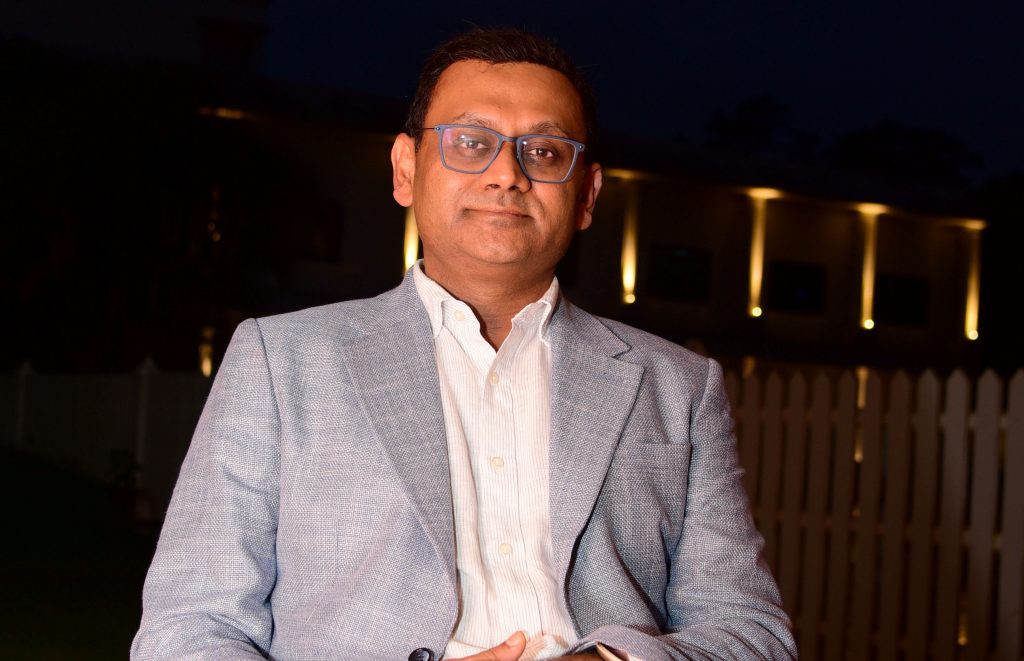What is the conclave about?
It is essentially an initiative by the EGI to stamp its presence across the country and dispel the notion that the body is Delhi centric. In fact, the organisation is meant to represent editors from across the country. T he EGI is focusing on expanding its activities with an objective to protect the rights of journalists and media freedom. The focus of the conclave is to understand the challenges faced by journalists, especially in regional media.
What are the major challenges you see now in the media industry?
The biggest challenge we come across these days is the widening of the scope of law in curtailing free speech. Lot of power has been given to agencies to take action against journalists and media houses in print, digital and broadcast space. The second challenge is the overwhelming dependence of media on government patronage that curtails the freedom of the organisations to question the government. Thirdly, there has been an increasing tendency of enforcement agencies to misuse laws concerning media.
How conventional media should position itself in the current race of digital consumerism?
Nowadays, so much content in different forms is available to readers that leave many wonder about its credibility. This provides an opportunity for reputable media houses to showcase true journalism by providing information through thorough fact checking. That will make us different from those who put anything on the internet and social media platforms for the sake of content generation.
Do you see a threat of digital media, social media to the consumption of conventional media?
Yes, in some way it is a threat as these days people believe in whatever they see on social media. It is not just a threat to media, but to the constitutional democracy too. This is because if people are not able to differentiate irresponsible content from those published with credibility, there is certainly a danger.
Have print publications witnessed a dip in business and reach in the last five years?
Well, of course. There has been a decline due to a host of reasons. Covid, demonetisation and emergence of digital space, among others. However, if I mention about ‘The Caravan’, we are increasing print circulation every year. This is because our target audience are those who value the content we are putting in. It is a matter of debate as to what figure is enough to sustain. Thankfully, we are still not in an era where credible news is not in demand. It is for the publications to make sure to use the model and strategy which is affordable and easily available to the readers.
What is the role of regional media?
Regional media best understands local politics and issues more than national media. So, they play an important role in terms of original reporting of the area and the state. People want to know what happens in their state and this is where regional media has an edge.
Your advice for budding journalists?
Independent journalism is possible only if one is financially independent. Journalists have to be enterprising and train themselves to understand market demands and create content that is sustainable.
